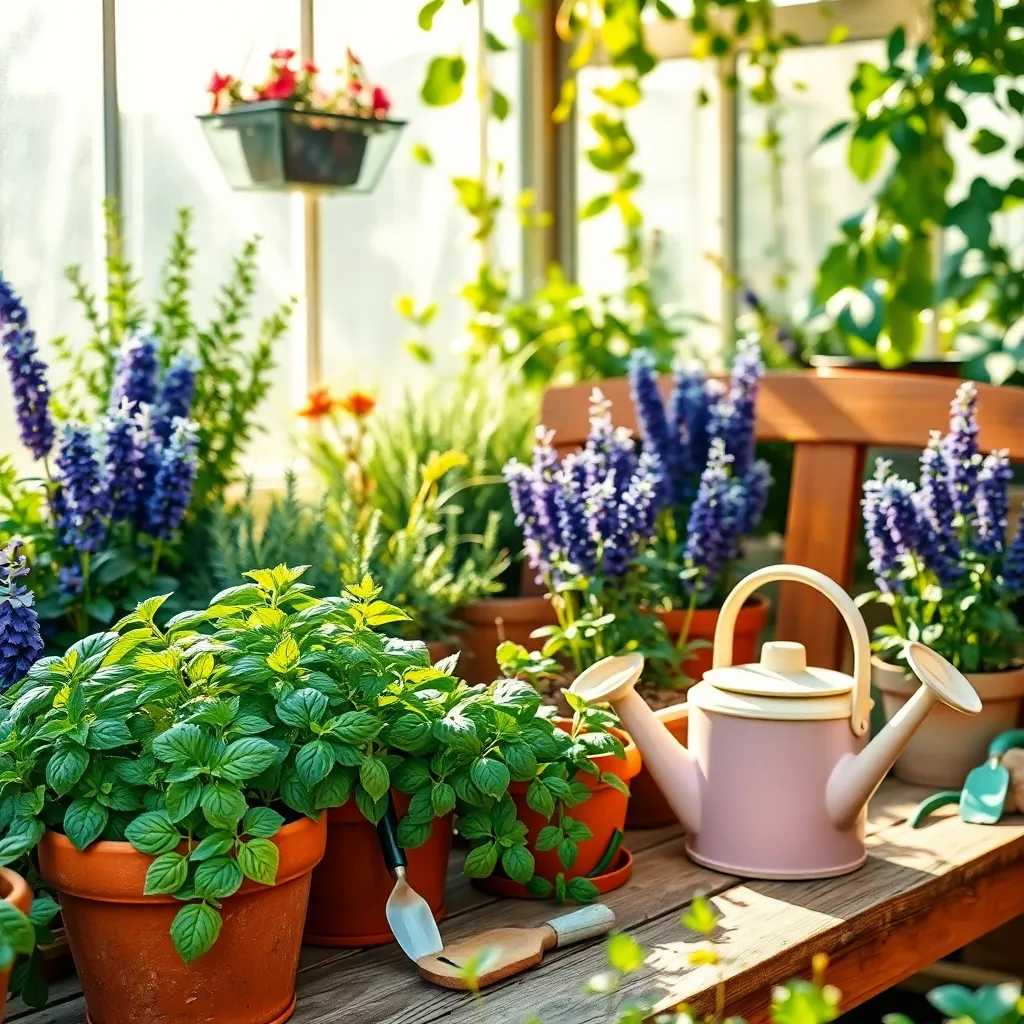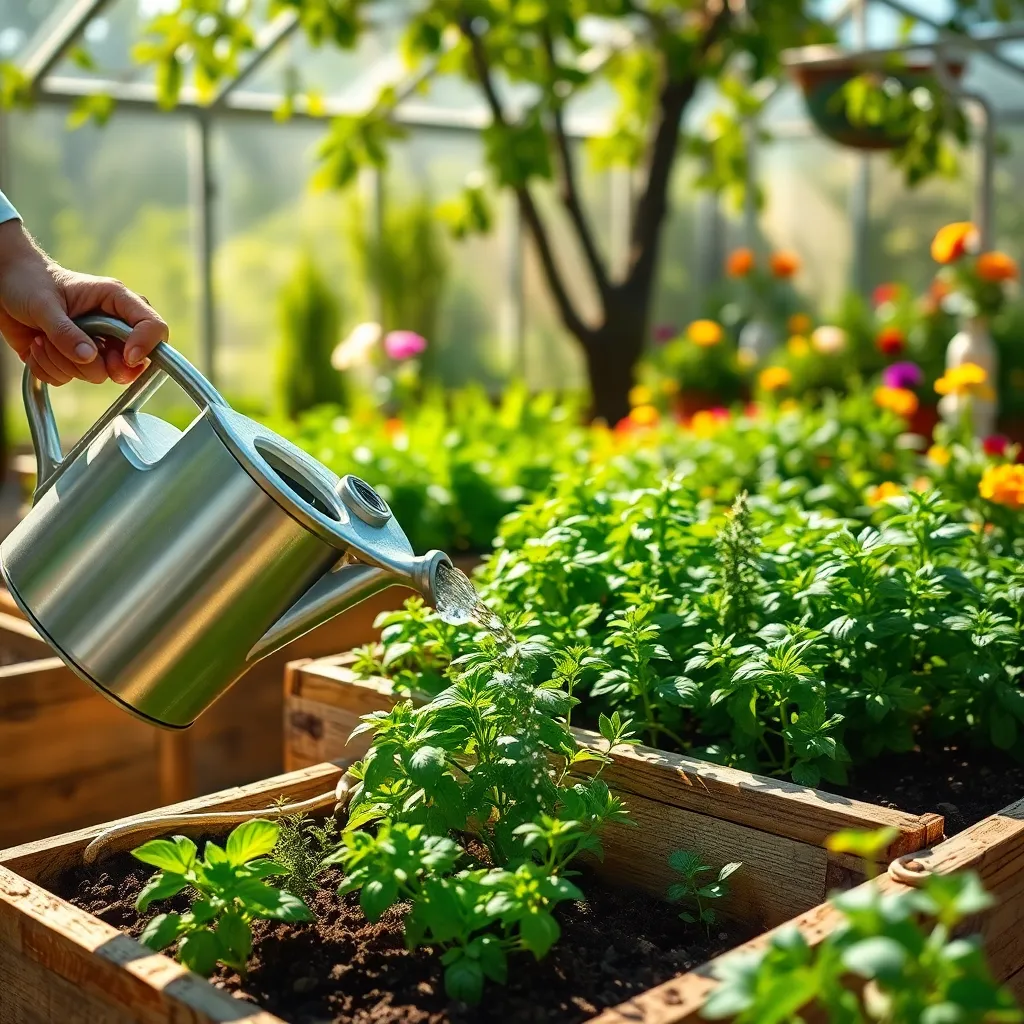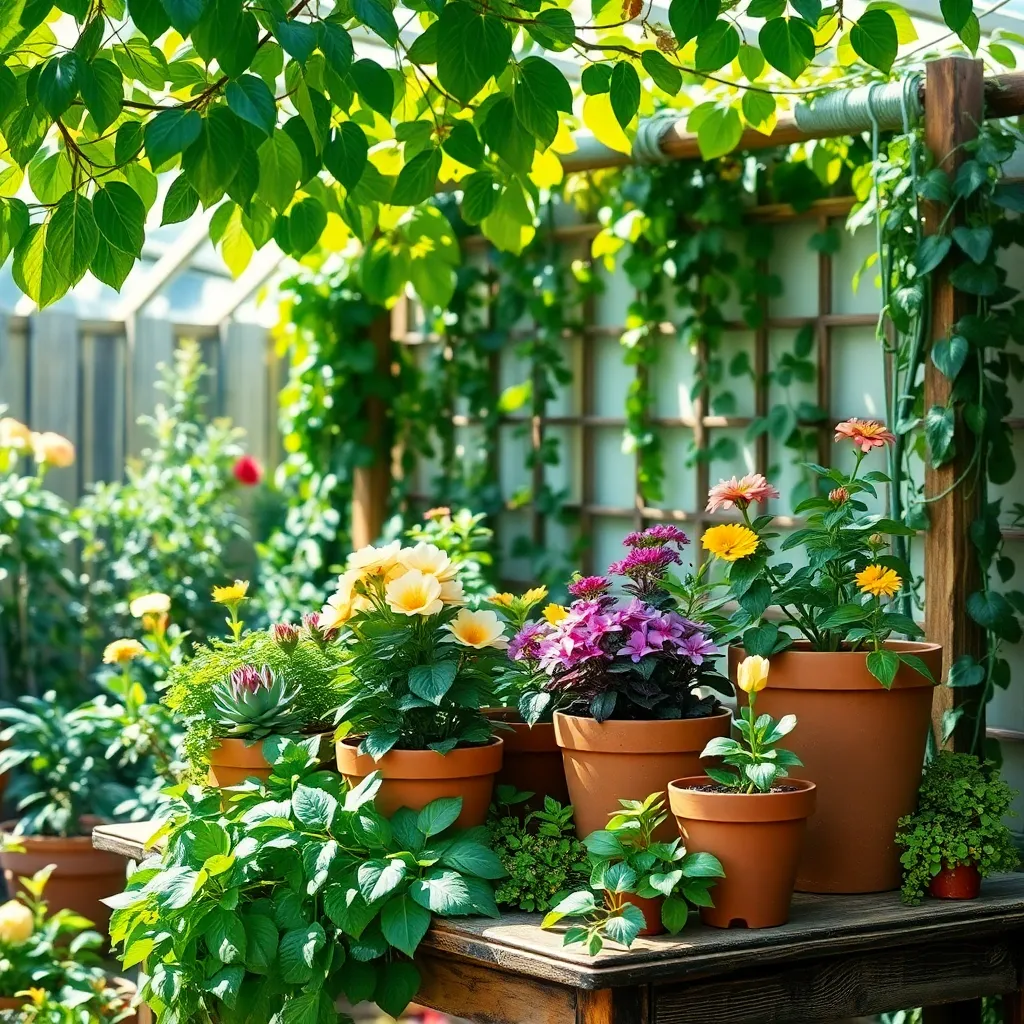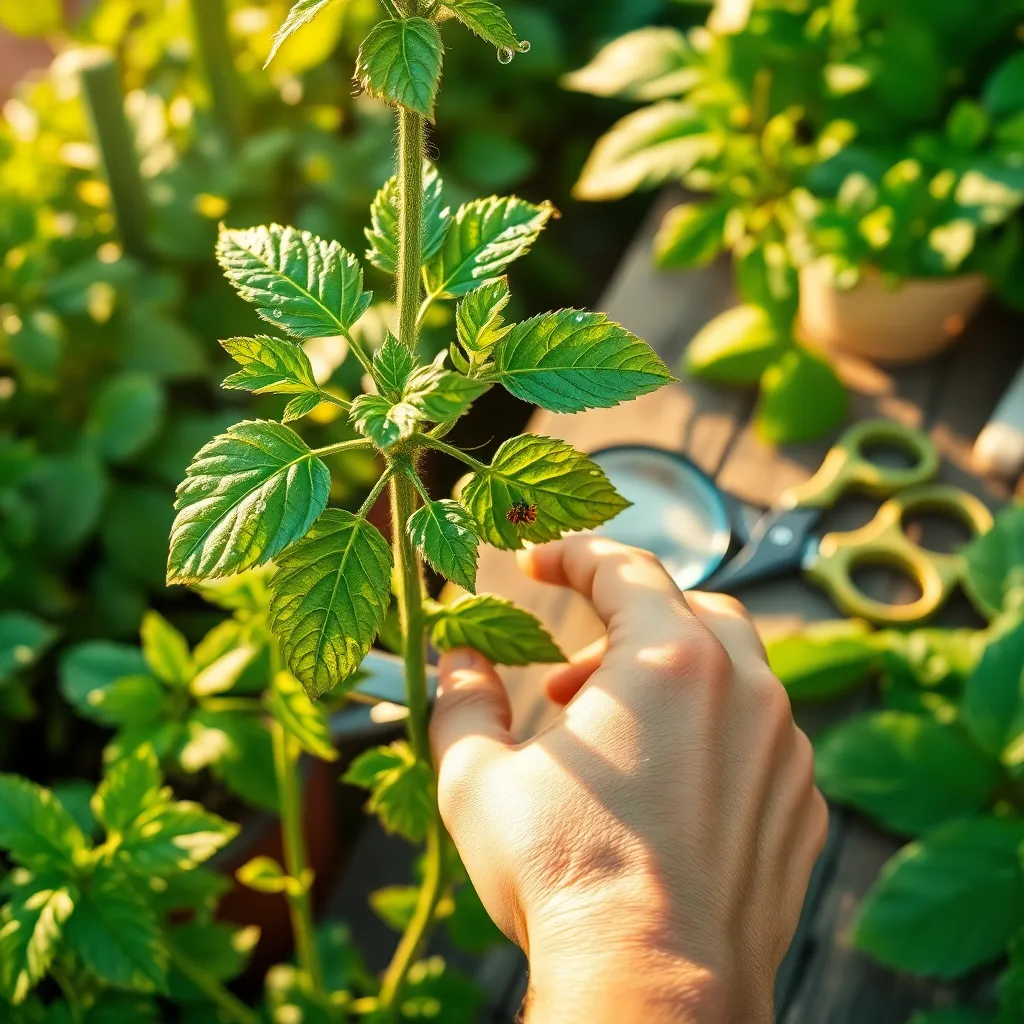Welcome to “Simple Plant Care Tips for Beginners,” where the magic of nurturing life comes alive in your own home! Whether you’re a curious newcomer or a seasoned green thumb seeking a refresher, this guide is designed to inspire and equip you with confidence and joy. There’s an undeniable charm in watching your plants thrive, and we’re here to make that journey as rewarding as it is delightful.
In this guide, we’ve curated a list of indoor plants that are not only easy to care for but also bring a touch of nature’s elegance into your living space. These selections will transform your home into a vibrant oasis, offering practical benefits like improved air quality and a soothing atmosphere. By demystifying plant care, we aim to make your gardening experience as stress-free as possible, empowering you to succeed with ease.
Imagine the satisfaction of seeing your plants flourish, knowing you’ve mastered the art of their care. With our straightforward tips, you’ll unlock the secrets to a thriving indoor garden and discover the immense joy that comes from tending to your leafy companions. Let’s embark on this green adventure together, where every leaf unfurled is a testament to your growing skill and passion.
Choose Easy-to-Grow Plants

Choosing easy-to-grow plants is a great way for beginners to build confidence in their gardening skills. Consider starting with hardy plants like zinnias, sunflowers, and marigolds, which thrive with minimal care and are known for their resilience.
Most of these plants require well-draining soil and a sunny spot in your garden. Ensure to water them consistently, about 1 inch per week, to keep the soil moist but not waterlogged.
For those with limited space, herbs like basil, mint, and chives are excellent choices for container gardening. These herbs only need a sunny windowsill and regular watering to flourish, making them perfect for urban gardeners.
An advanced tip is to use organic mulch around your plants to retain moisture and reduce weed growth. This technique not only saves water but also enriches the soil as the mulch decomposes, providing ongoing nourishment to your plants.
Water Consistently, But Not Excessively

Watering is a fundamental aspect of plant care, and understanding the balance is crucial. Consistency is key, as plants thrive when they receive the right amount of water at regular intervals. Over-watering is a common mistake, especially for beginners who might be eager to see their plants grow. To avoid this, check the soil moisture by sticking your finger about an inch deep; if it feels dry, it’s time to water.
Different plants have varying water needs, so it’s essential to know the requirements of each type. For instance, succulents and cacti prefer their soil to dry out completely between waterings, while ferns enjoy consistently moist soil. Understanding the natural habitat of your plants can guide you in mimicking those conditions at home. This approach not only supports healthy growth but also helps prevent common issues like root rot.
Investing in a simple moisture meter can be a game-changer for those unsure about their plant’s needs. These devices provide a quick and reliable way to assess soil moisture levels accurately. Moreover, when watering, it’s beneficial to water deeply but less frequently, ensuring that moisture reaches the roots rather than just the surface. This method encourages roots to grow deeper, enhancing the plant’s ability to access nutrients and withstand dry spells.
Advanced gardeners can consider incorporating techniques like drip irrigation, which delivers water directly to the plant roots, minimizing waste and promoting efficient water use. Mulching is another effective strategy, as it helps retain soil moisture and reduces evaporation. By applying these advanced methods, you not only conserve water but also create a sustainable garden environment that thrives even during periods of drought.
Position Plants for Optimal Light

Finding the right spot for your plants is crucial for their health and growth. Most plants require a specific amount of sunlight, so understanding their light needs is key to success.
First, identify the natural light conditions in your space by observing which areas receive direct sunlight and which are shaded. Full sun plants usually need 6 to 8 hours of direct sunlight daily, while partial shade plants thrive with about 3 to 6 hours.
If you’re working with indoor plants, consider placing them near windows that receive adequate light. North-facing windows provide moderate light, ideal for plants like pothos or snake plants, while south-facing windows offer more intense light suitable for succulents and cacti.
For gardeners with limited direct sunlight, consider using grow lights to supplement natural light. These lights can mimic sunlight and are especially useful during winter months or in homes with small windows.
Use Quality Potting Soil

To ensure your plants thrive, it’s crucial to use quality potting soil tailored to the needs of your specific plants. A well-chosen potting mix provides the right balance of nutrients, aeration, and moisture retention essential for healthy root development.
When selecting potting soil, opt for a mix that includes peat moss, perlite, or vermiculite for improved drainage and aeration. For beginners, a general-purpose potting soil is often suitable, but specialized mixes are available for particular plant types, like cacti or orchids, which have unique needs.
Always check the pH level of the potting soil to ensure it’s suitable for your plants—most prefer a neutral to slightly acidic environment. You can find this information on the packaging, or use a simple soil test kit available at most garden centers.
For those looking to add an advanced touch, consider incorporating organic matter such as compost or worm castings to enrich the soil with natural nutrients. Remember, healthy soil is the foundation of plant vitality, so invest in a quality potting mix to see your plants flourish.
Monitor for Pests Regularly

Regularly monitoring your plants for pests is essential to maintaining a healthy garden. Early detection can prevent infestations from spreading, saving you time and effort in the long run.
Begin by examining the leaves, stems, and soil of your plants at least once a week. Look for common signs of pests, such as discolored leaves, holes, or sticky residue.
To effectively manage pests, consider introducing beneficial insects like ladybugs, which naturally control aphid populations. Alternatively, you can create a homemade insecticidal soap by mixing one tablespoon of mild liquid soap with one quart of water.
For a more advanced approach, try using floating row covers to protect your plants without the need for chemicals. These covers allow light and water to reach your plants while preventing pests from causing damage.
Conclusion: Growing Success with These Plants
In nurturing both plants and relationships, simplicity is often the key to thriving growth. This article delved into five essential tips: understanding your plant’s needs, consistent care routines, the importance of environment, learning from mistakes, and the joy of patience and observation. Each concept mirrors foundational relationship principles, from recognizing and respecting individual needs to maintaining healthy, consistent interactions. Now, take a moment to apply these insights by choosing one relationship in your life that could benefit from a little extra care, and implement one of these strategies today.
Remember, relationships, like plants, flourish with attention and intention. Bookmark this article as your go-to guide for nurturing both your green friends and your personal connections. By doing so, you ensure these valuable insights are always at your fingertips, ready to inspire growth whenever you need it.
Looking ahead, embrace the journey of building resilient, fulfilling relationships. With these foundational tips, you are equipped to cultivate connections that endure and enrich your life. Start today, and witness the blooming of your relational garden.
